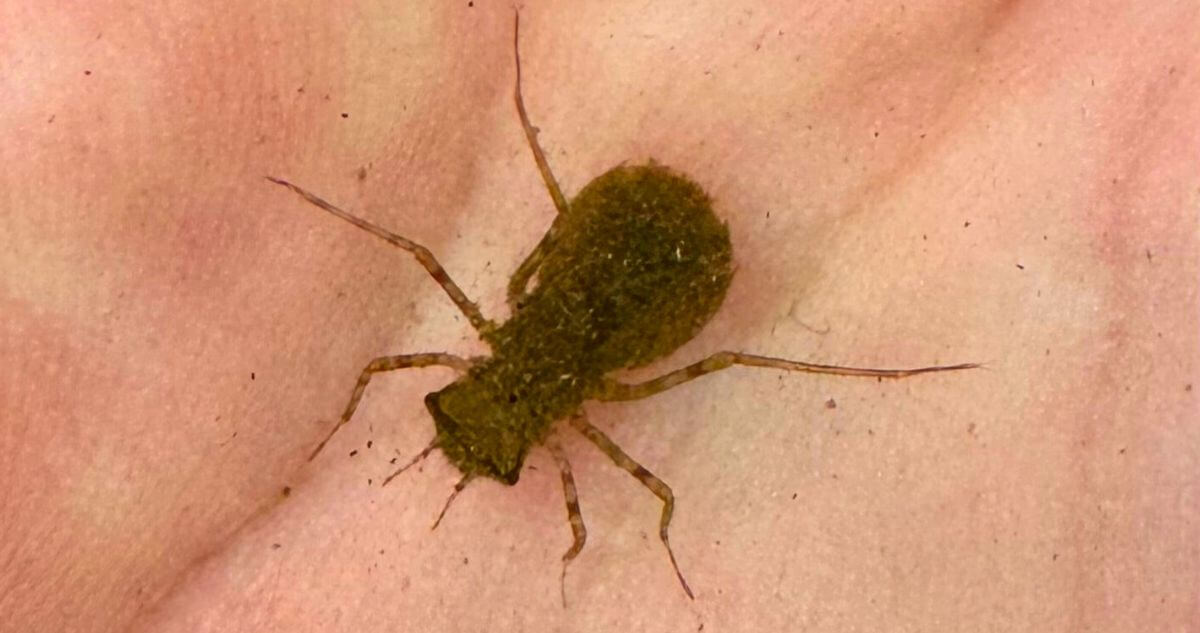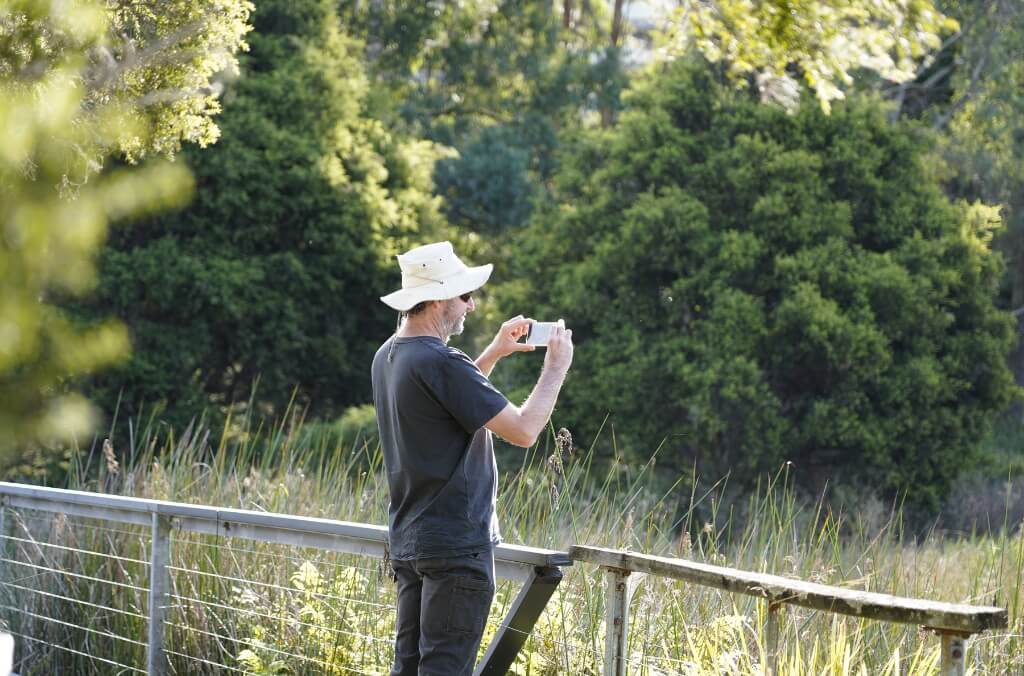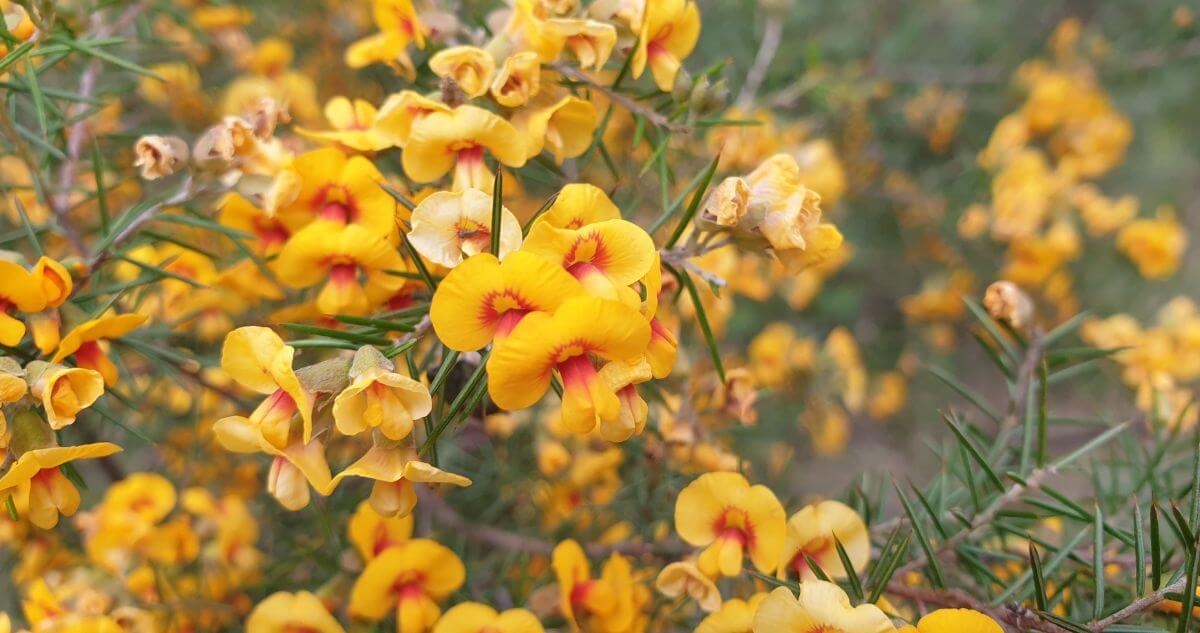Mini-monsters
If you think the symbols of Halloween are scary, wait until you meet these three incredible monsters of the Sydney Olympic Park microworld.
Antlion
An antlion is the larva of a lacewing. In the larvae stage, these insects reside at the bottom of conical pits in loose, dry soil and feed on other invertebrates that fall into these traps. Once a bug crosses the boundary of the pit, the dry, slippery soil slides the insect into the bottom. Once the insect is trapped the antlion will use their large sickle-shaped mandibles to grab and then injects digestive enzymes that liquefy the soft tissues of its prey, which are then consumed. The Antlion then flicks the drained carcass out of the pit and repairs the pit once again for the next unsuspecting victim.

An antlion 4mm long showing its large and formidably spiked jaws.
Velvet worm or peripatus
The velvet worm looks cute and soft but don’t let the gentle name fool you, velvet worms are rapacious nocturnal predators that hide deep within rotting logs and under leaves and debris during the day. At night they come out to hunt, eating small arthropods and invertebrates by shooting them with a jet of sticky fluid or saliva which then dissolves the prey into a nutritious ‘soup’. Scientists believe these slime shooting fossils have not changed in 500 million years and are not invertebrates or worms but a group so unique they have been allocated their own phylum, the Onychophora.

A velvet worm found in the Brickpit © Anthony Waddle of Macquarie University
Dragonflies
The dragonfly’s life consists of two stages, a nymph in the water and an incredibly skilled flying adult. They are voracious predators in both stages, and the mouth of a dragonfly could give you nightmares. Inspiring the design of Alien from the sci-fi movies, the extendable mouthparts of the nymph fires serrated jaws at incredible speeds, making these creatures fearsome hunters of the water.

A young dragonfly nymph
These three mini-monsters are seriously cool and play an important role in maintaining the balance of our ecosystems within the Park. Keep an eye out when you're about and get to know these creatures a little better.
You might also be interested in...


Biodiversity Month is the perfect excuse to take some time out of our busy schedules to learn about and appreciate the biodiversity that envelopes us.


Another very important day is marked on the 7th of September each year: Threatened Species Day.


As we crawl out from our blanket cocoons that shielded us against the winter chill, you’ll notice that the days are a little longer and the weather is a little warmer.